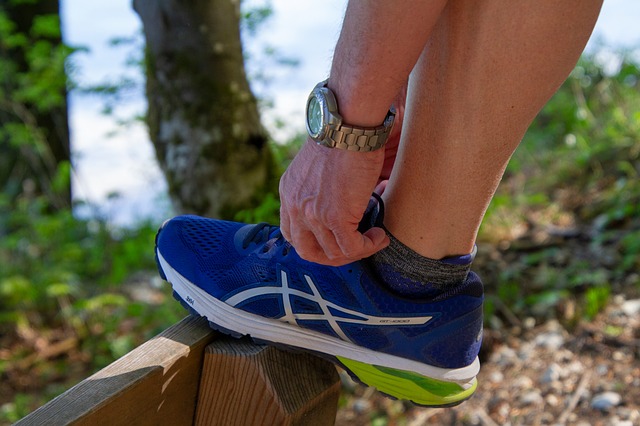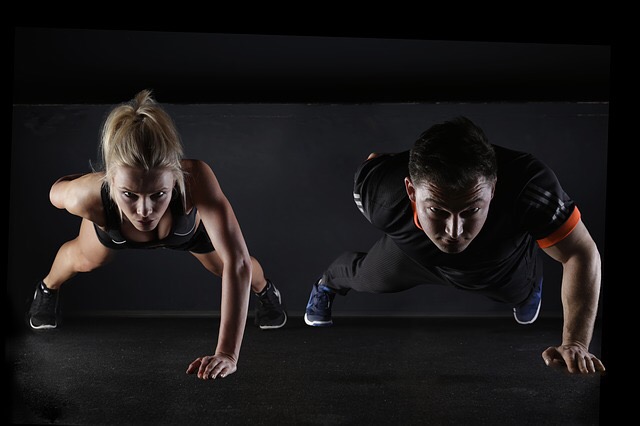Archive for April 2018
Why Runners Should Prioritize Pelvic Stability
Running represents a challenge for spinal health
Core stability has been and always will be a top priority at our practice in Fremont. But a lesser known way to proactively protect your spine is to simultaneously prioritize pelvic stability. Multiple joints connect at the pelvis, including the sacroiliac, iliofemeral and pubic symphysis. These joints facilitate the movement of the lower body and are also involved in stabilizing the transference of forces between lower body and the spine; weakness in these joints translates to weakness at the base of your spine, leading to misalignment and injury. This is particularly crucial for runners: if these joints are unable to stabilize the excessive movements and shock of each stride, you will effectively be left with a topsy-turvy structure at the base of your spine. A further consideration is that runners shift all the weight of their body from foot to foot; one side of the body is supporting the weight of the entire body. Runners who lack stability in the pelvis are causing a disproportionate amount of stress to each side of their body during this transfer.
Psoas Power: A Little Known Muscle in the Back Pain Game
Introducing the Psoas: a make or break muscle in lower back pain
The psoas, along with the gluteus maximus and the piriformis, is one of the three primary muscles responsible for connecting the spine to the lower body. These muscles support a crucial intersection in the body and they are often implicated in lower back pain. Let’s take a look at the psoas in a little more detail. The psoas attaches the lumbar vertebrae to the femur, by way of the iliacus muscle. It creates a natural pull on the lumbar vertebrae which helps form the lordotic curve that gives your spine strength and balance; this curvature is crucial in your spine’s ability to support the weight of your upper body. The psoas is heavily activated during standing and walking, which is why a sit-heavy lifestyle is so bad for it.
Find Your Performance Flow with Chiropractic
Athletes must be able to trust their bodies
So what does trusting your body truly mean? Confidence in your body is determined by being secure in the knowledge that the muscles and structures involved in a certain sport can be exposed to exceeding levels of stress without breaking. As an athlete, you are working constantly to improve your baseline of strength and mobility; when it comes time to ask your body for that extra ounce of performance, all you have is the faith that you’ve done enough to set yourself up for it. This is the performance flow that all athletes are looking for- the perfect balance of circumstances that helps them get to the next level. Chiropractic helps you find that performance flow! Read on to find out how.
Yoga is Nature’s Medicine for Back Pain
Don’t forego the power of yoga!
At Scorca Chiropractic Center, we are all for using yoga to prevent and manage back pain. Yoga and chiropractic line up on quite a few of their core tenets including a natural and holistic approach to healthcare, mindfulness, and a focus on relaxation. In the whole spectrum of exercise, yoga is one of the most effective disciplines for people who have back pain. As with all exercise, however, you need to know which moves are beneficial and which moves will actually worsen your condition. Read on to find out how to effectively use yoga to account for back pain.



